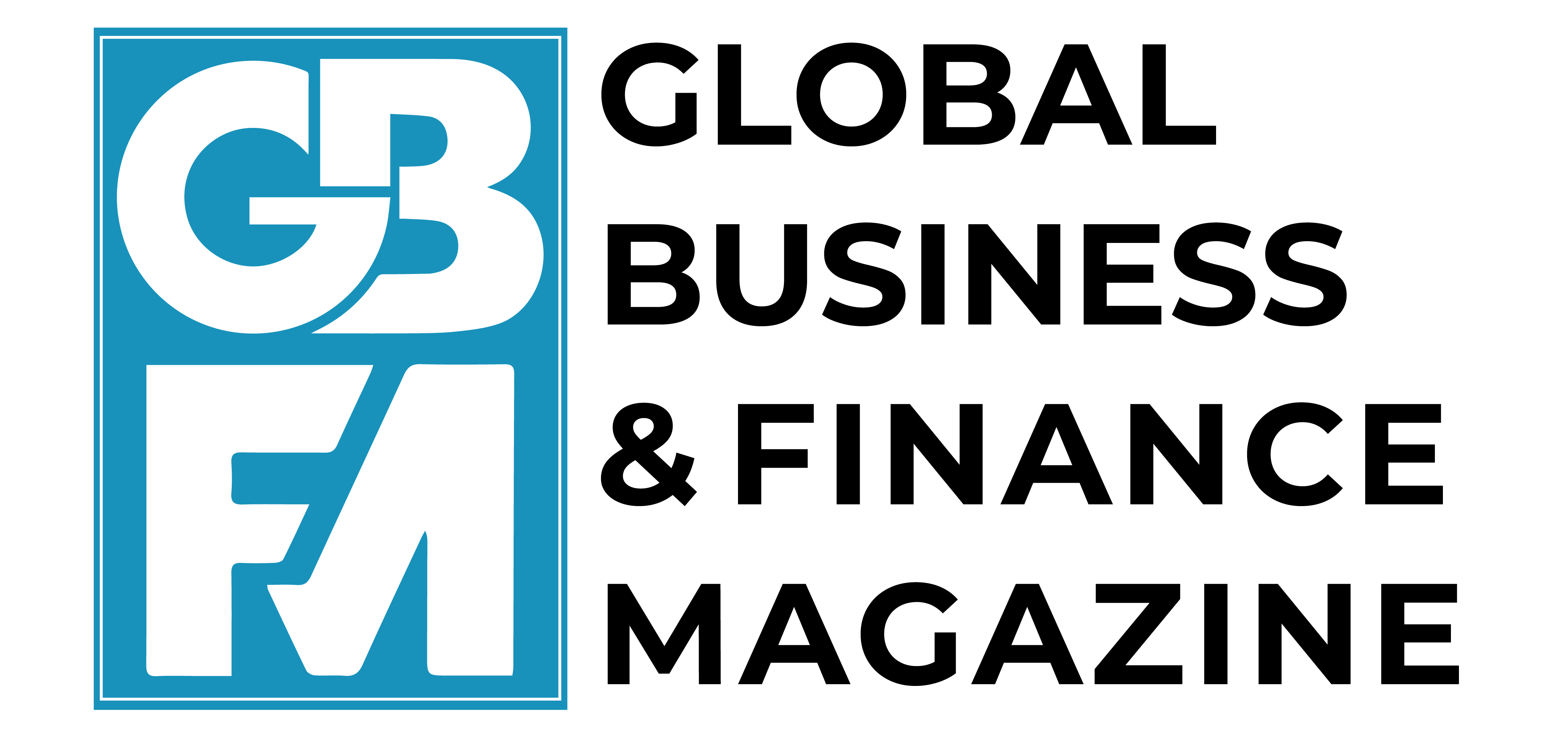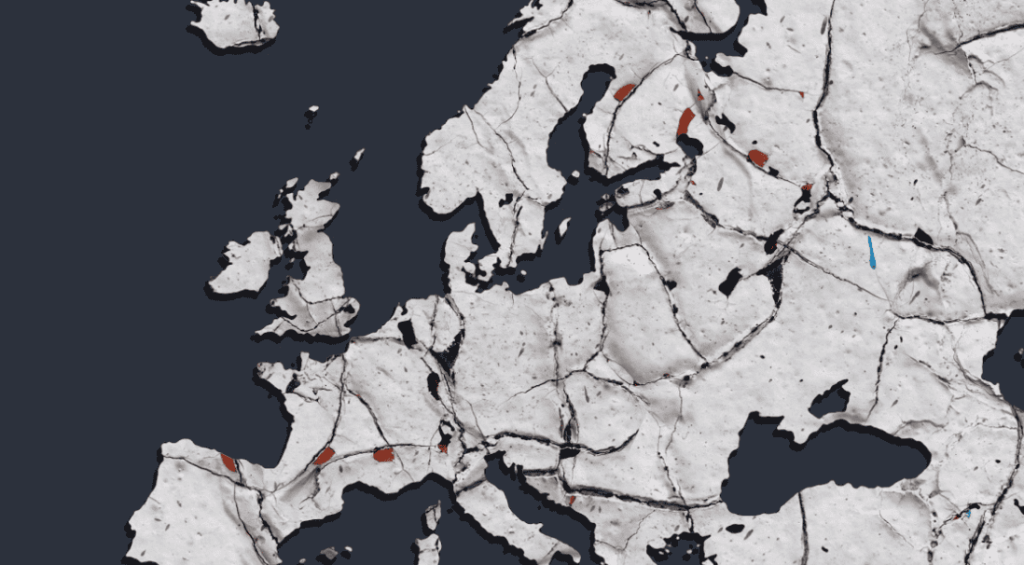Geopolitical risk is a key concern for the euro area, yet most available measures reflect a US perspective. This column introduces a new indicator of geopolitical risk tailored specifically to the euro area, based entirely on newspaper coverage from local sources. The authors show that shocks to this index have significant recessionary and inflationary effects, even when controlling for ‘global’ geopolitical risk. For anyone seeking to assess geopolitical risk in Europe, this euro area indicator offers a missing regional lens.
Geopolitical risk is on the rise worldwide, playing a critical role in shaping macroeconomic and financial developments, including output, inflation, and financial stability (e.g. Attinasi and Mancini (2025), Coibion et al. (2025), D’Orazio et al. (2024)). To track this risk, policymakers and economists often rely on the widely used GPR index of Caldara and Iacoviello (2022), which counts references to war, conflict, and terrorism in a set of leading English-language newspapers. Although frequently treated as a ‘global’ measure, this index is in fact constructed from six major US outlets, alongside three UK newspapers and one Canadian source – making it predominantly US-centric. Thus while the index represents a major and widely recognised contribution, it may not fully capture region-specific geopolitical concerns, particularly for the euro area.
Indeed, Bondarenko et al. (2023, 2024) emphasise that local risk perceptions shape the economic and financial market responses to geopolitical events. Media outlets might frame or emphasise threats differently – the same event can be portrayed in starkly different terms across countries. This column introduces a euro area GPR indicator that we make publicly available on our websites. We find that euro area geopolitical risk shocks depress output and raise inflation, even when controlling for movements in the ‘global’, or rather the Anglosphere, GPR index.
Geopolitical risk: Views from both sides of the Atlantic
To construct our euro area geopolitical risk (EA GPR) indicator, we use local newspapers from five major euro area countries (Germany, France, Italy, Spain, and the Netherlands) to measure country-specific geopolitical risk. In particular, we count how often terms related to war, conflict and terrorism appear in major newspapers in the respective language. We then weight the associated GPR indicators using GDP to obtain an overall euro area measure. Figure 1 shows the monthly euro area GPR index (blue) from January 1999 until April 2025. Our indicator captures major global events such as the Kosovo war, the Iraq war, and the Paris terrorist attacks.
Figure 1 Geopolitical risk indexes: Euro area (blue) and Anglosphere (red, taken from Caldara and Iacoviello 2022)


When comparing our index to its Anglosphere counterpart of Caldara and Iacoviello (2022), both indices spike during major global events. However, the euro area index rises relatively more for conflicts closer to Europe, such as the Russo-Ukrainian war in February 2022, and with the start of the war in Gaza October 2023. Figure 1 also suggests that, from a European perspective, geopolitical risk has remained much more elevated since the onset of the Russo-Ukrainian war in 2022. Europeans thus appear to have a distinct weighting of geopolitical events in their risk assessment, underscoring how geography and local narratives shape risk perceptions. This partly reflects a ‘proximity penalty’: conflicts impose a disproportionate economic toll on nearby economies (Sehn et al. 2022). In fact, the Russo-Ukrainian War led to the largest rise in euro area geopolitical risk, while from the US perspective, the peak in geopolitical risk was reached after the 9/11 terrorist attacks. Clearly, then, the two measures of geopolitical risk are very different.
How do geopolitical risk events affect the euro area economy? New evidence
Geopolitical risk shocks have adverse effects on the euro area economy above and beyond the estimated effects from global geopolitical risk. More specifically, impulse responses to a shock in euro area geopolitical risk indicate that output falls and inflation rises, even controlling for movements in the Anglosphere GPR index, see Figure 2. This combination of falling output and rising prices is consistent with historical evidence that wars act as adverse supply shocks, causing economic activity to contract amid strong inflationary pressure (Federle et al. 2024). The effects are non-negligible, especially given that at the onset of the Ukraine war, the shock corresponded to a 40% increase in the index – nearly seven times larger than the one-standard-deviation shocks shown in the graphs. These results matter a lot, especially for central banks, since the inflationary effect of a geopolitical risk shock is likely to be underestimated when ignoring the European perspective. And so the monetary policy response might be too lax. Furthermore, financial stability is affected, as indicated by the persistent fall in house prices.
Figure 2 The impact of euro area geopolitical risk shock on the euro area


Notes: Impulse responses based on Bayesian vector autoregression (VAR) with Cholesky identification. Euro area GPR index ordered after Anglosphere GPR index. Shaded areas denote 68% credible intervals. Figure shows selected impulse responses from a larger VAR system. For more details on the methodology, please see Bondarenko et al. (2024)
Conclusion
The economic effects of geopolitical events are region-specific, even if those events are globally relevant. To quantify the effects of geopolitical risk shocks, it is important to take into account the risk perception of a particular country as conveyed by that country’s media reporting. Here, we show that shocks to our euro area GPR index have distinct economic effects on the euro area that are not accounted for by the global GPR index based on English-language sources. We propose monitoring the frequency of keywords related to geopolitical events in national news sources across the main euro area countries to quantify the associated geopolitical risk accurately. The EA GPR index aggregates these national indicators to provide a euro-area-wide risk gauge. Armed with this new measure, we demonstrate that there are dire economic effects of geopolitical risk shocks in the euro area even when we control for global geopolitical risk.
Source : VOXeu



































































